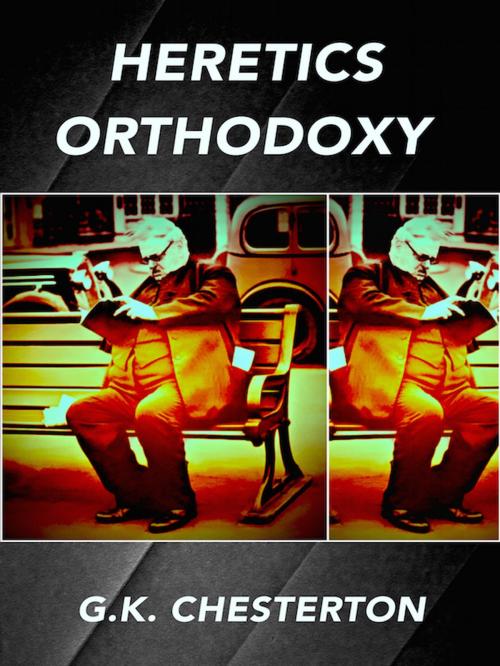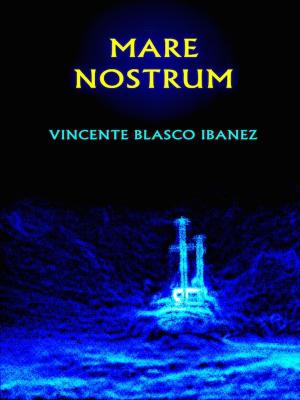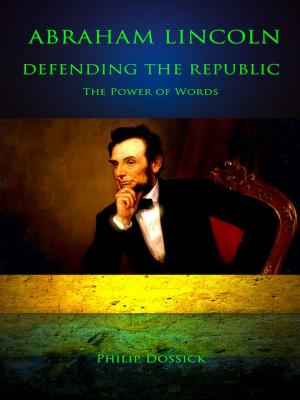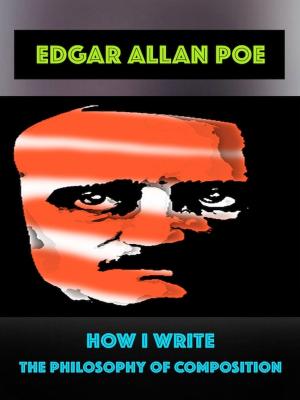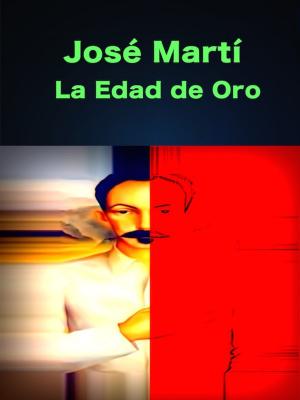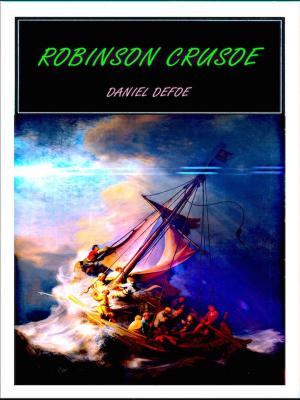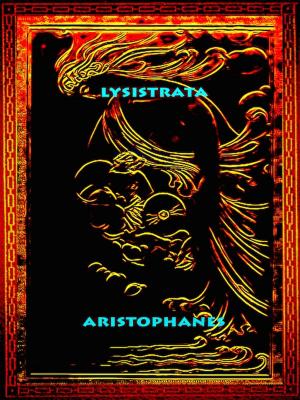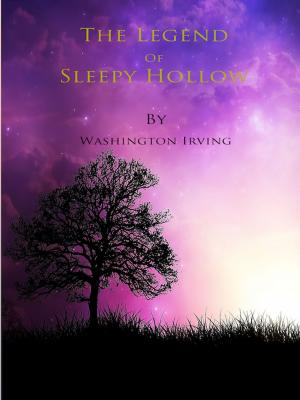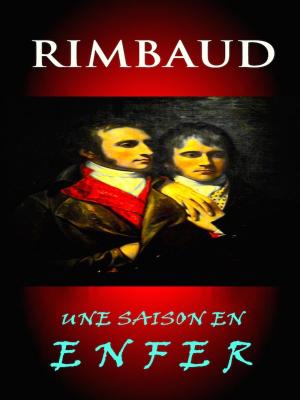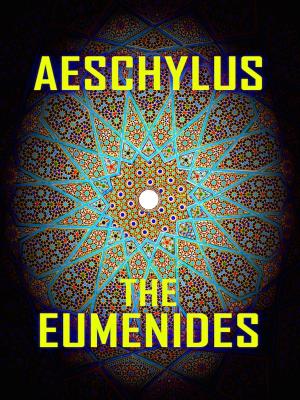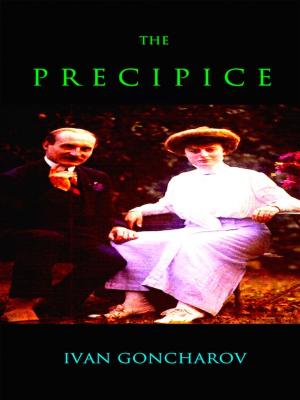| Author: | G.K. Chesterton | ISBN: | 1230001862447 |
| Publisher: | Editions Artisan Devereaux LLC | Publication: | September 8, 2017 |
| Imprint: | Language: | English |
| Author: | G.K. Chesterton |
| ISBN: | 1230001862447 |
| Publisher: | Editions Artisan Devereaux LLC |
| Publication: | September 8, 2017 |
| Imprint: | |
| Language: | English |
Two of Chesterton’s most important and well-known works are contained in this volume: Heretics, and Orthodoxy.
G.K. Chesterton is at his witty best in this collection of essays and articles from the turn of the twentieth century in which he confronts relativism, individualism, neo-paganism, and other trends of the modern period, paying special attention to the artists and intellectual elite of his time.
In the first of these, Heretics, Chesterton addresses the intellectual trends of his time that he considered most prominent and destructive.
Heretics begins and ends with chapters on orthodoxy, anticipating the content of his most famous book—Orthodoxy, a classic that is part memoir, part apologetic.
Chesterton begins the book by pointing out a very strange use of the term “Heretic”: it seemed to be gaining use in England as a synonym for someone who was “clear-headed and courageous.” Chesterton, however, saw this use as betraying another sort of attitude: one where people no longer cared whether the things they believed were truly right or wrong.
He points to the cultural trend where an individual can have a moral opinion on things like art, or politics, but for some strange reason the same person was looked down on for having an opinion on God, life, the universe, and everything else.
Celebrities such as Rudyard Kipling, George Bernard Shaw, H.G. Wells, and James McNeill Whistler come under the author’s examination, where they meet with equal measure his characteristic wisdom and good humor.
One of the great benefits of reading Orthodoxy is that one begins to understand how people thought at the turn of the last century. We find not only good reason and a sense of wonder, but a level of sanity and civility foreign to modern culture. Even his philosophical enemies are his close friends.
Chesterton claimed that man was at the crossroads, and had clearly made the wrong turn.
The philosophies against which Chesterton argued have now run their full course in the 20th century, and everything Chesterton claimed they would produce has come to pass.
Intellectually Chesterton was as nimble as a hummingbird. His writing became famous for its use of paradox: little controlled explosions that ranged from everyday clichés (“travel narrows the mind”) to the perils of the suffragette movement: “Ten thousand women marched through the streets of London saying: ‘We will not be dictated to’, and then went off to become stenographers.”
The two works complement each other perfectly, providing a timeless entry point to the battleground of truth and falsehood.
G.K. CHESTERTON (1874–1936) was an English writer, philosopher, dramatist, journalist, biographer, and art critic. Today he is best known for his fictional priest-detective, Father Brown. Ernest Hemingway, Graham Greene, Evelyn Waugh, Jorge Luis Borges, Gabriel Garcia Marquez, Karel Capek, Marshall McLuhan, Paul Claudel, Dorothy L. Sayers, Agatha Christie, Sigrid Undset, Ronald Knox, Kingsley Amis, W.H. Auden, Anthony Burgess, E.F. Schumacher, Neil Gaiman, and Orson Welles among others have praised his writing.
Two of Chesterton’s most important and well-known works are contained in this volume: Heretics, and Orthodoxy.
G.K. Chesterton is at his witty best in this collection of essays and articles from the turn of the twentieth century in which he confronts relativism, individualism, neo-paganism, and other trends of the modern period, paying special attention to the artists and intellectual elite of his time.
In the first of these, Heretics, Chesterton addresses the intellectual trends of his time that he considered most prominent and destructive.
Heretics begins and ends with chapters on orthodoxy, anticipating the content of his most famous book—Orthodoxy, a classic that is part memoir, part apologetic.
Chesterton begins the book by pointing out a very strange use of the term “Heretic”: it seemed to be gaining use in England as a synonym for someone who was “clear-headed and courageous.” Chesterton, however, saw this use as betraying another sort of attitude: one where people no longer cared whether the things they believed were truly right or wrong.
He points to the cultural trend where an individual can have a moral opinion on things like art, or politics, but for some strange reason the same person was looked down on for having an opinion on God, life, the universe, and everything else.
Celebrities such as Rudyard Kipling, George Bernard Shaw, H.G. Wells, and James McNeill Whistler come under the author’s examination, where they meet with equal measure his characteristic wisdom and good humor.
One of the great benefits of reading Orthodoxy is that one begins to understand how people thought at the turn of the last century. We find not only good reason and a sense of wonder, but a level of sanity and civility foreign to modern culture. Even his philosophical enemies are his close friends.
Chesterton claimed that man was at the crossroads, and had clearly made the wrong turn.
The philosophies against which Chesterton argued have now run their full course in the 20th century, and everything Chesterton claimed they would produce has come to pass.
Intellectually Chesterton was as nimble as a hummingbird. His writing became famous for its use of paradox: little controlled explosions that ranged from everyday clichés (“travel narrows the mind”) to the perils of the suffragette movement: “Ten thousand women marched through the streets of London saying: ‘We will not be dictated to’, and then went off to become stenographers.”
The two works complement each other perfectly, providing a timeless entry point to the battleground of truth and falsehood.
G.K. CHESTERTON (1874–1936) was an English writer, philosopher, dramatist, journalist, biographer, and art critic. Today he is best known for his fictional priest-detective, Father Brown. Ernest Hemingway, Graham Greene, Evelyn Waugh, Jorge Luis Borges, Gabriel Garcia Marquez, Karel Capek, Marshall McLuhan, Paul Claudel, Dorothy L. Sayers, Agatha Christie, Sigrid Undset, Ronald Knox, Kingsley Amis, W.H. Auden, Anthony Burgess, E.F. Schumacher, Neil Gaiman, and Orson Welles among others have praised his writing.
